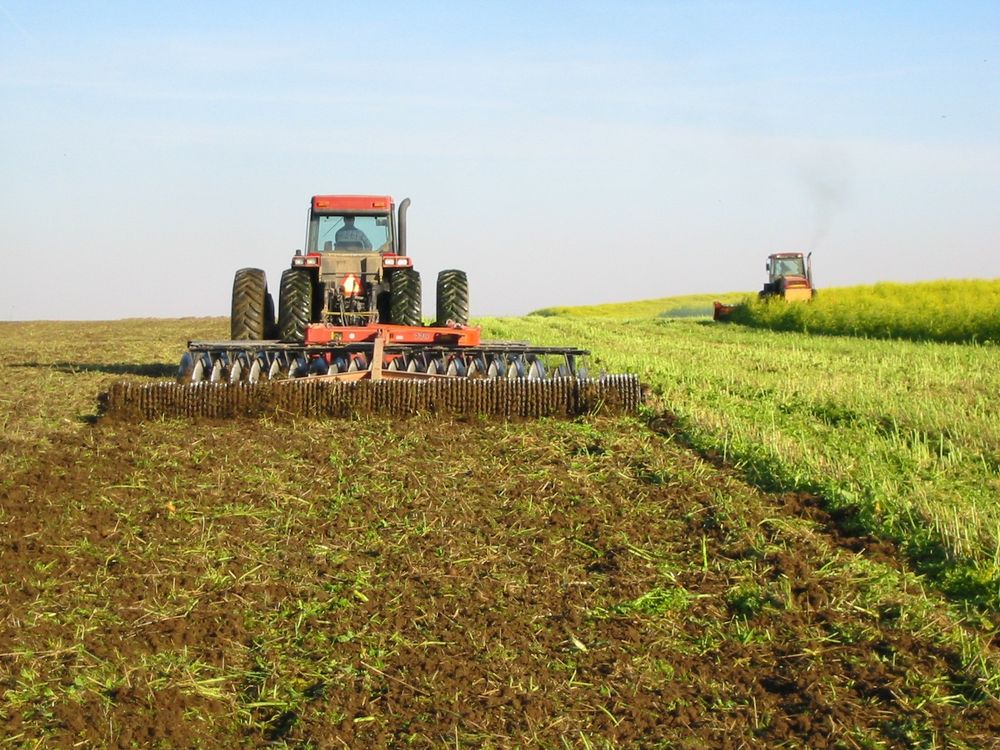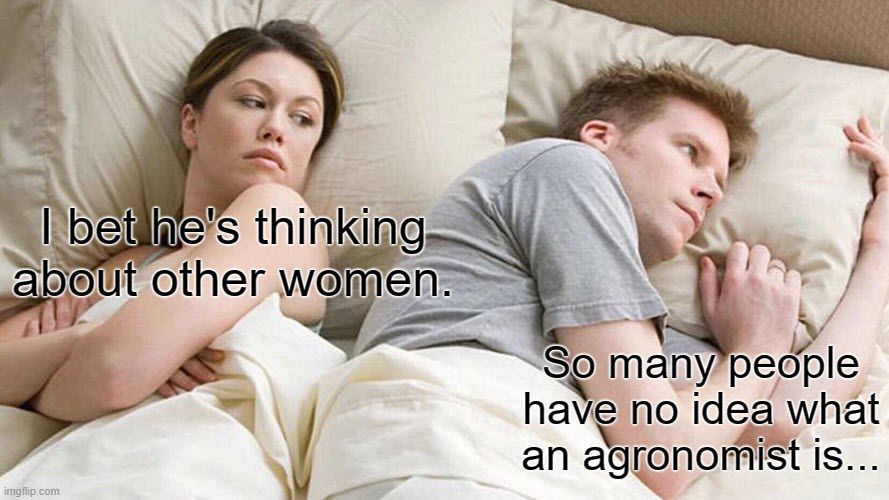
Same @ on X.

Agriculture is not on Bluesky.

Agriculture is not on Bluesky.
But they cost more.
Open access.
www.tandfonline.com/doi/full/10...

But they cost more.
Open access.
www.tandfonline.com/doi/full/10...
SPUN spin.

SPUN spin.
This is not devastation.

This is not devastation.
Open access.
Gap=between panels, Below=under panels
nph.onlinelibrary.wiley.com/doi/full/10....

Open access.
Gap=between panels, Below=under panels
nph.onlinelibrary.wiley.com/doi/full/10....



Using Green Manures in Potato Cropping Systems
pubs.extension.wsu.edu/using-green...

Using Green Manures in Potato Cropping Systems
pubs.extension.wsu.edu/using-green...

I think it is somewhere past the peak of inflated expectations, with some holdouts.
Graphic from www.sciencedirect.com/science/arti...

I think it is somewhere past the peak of inflated expectations, with some holdouts.
Graphic from www.sciencedirect.com/science/arti...
Failure is the norm.
Open access. nph.onlinelibrary.wiley.com/doi/full/10....

Failure is the norm.
Open access. nph.onlinelibrary.wiley.com/doi/full/10....

Δ Biomass correlated well with Δ Soil Health.
www.sciencedirect.com/science/art...

Δ Biomass correlated well with Δ Soil Health.
www.sciencedirect.com/science/art...

Example in my article (linked below) is a fully fertilized mustard green manure crop. Between mid-August and late October, it produces >8000 lb/ac (8.9Mg/ha) for soilborne disease suppression and soil health.

Example in my article (linked below) is a fully fertilized mustard green manure crop. Between mid-August and late October, it produces >8000 lb/ac (8.9Mg/ha) for soilborne disease suppression and soil health.

csanr.wsu.edu/contrary-sc...

csanr.wsu.edu/contrary-sc...
One method of combatting this:

One method of combatting this:

There are the soil health principles, and its goal of restoring soils, and lots of other ideas, but the practices remain the same.

There are the soil health principles, and its goal of restoring soils, and lots of other ideas, but the practices remain the same.

Or is it just lack of surface roots?
nature.berkeley.edu/classes/es1...


Or is it just lack of surface roots?
nature.berkeley.edu/classes/es1...


